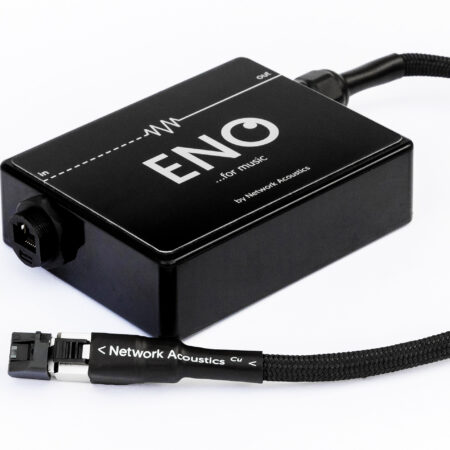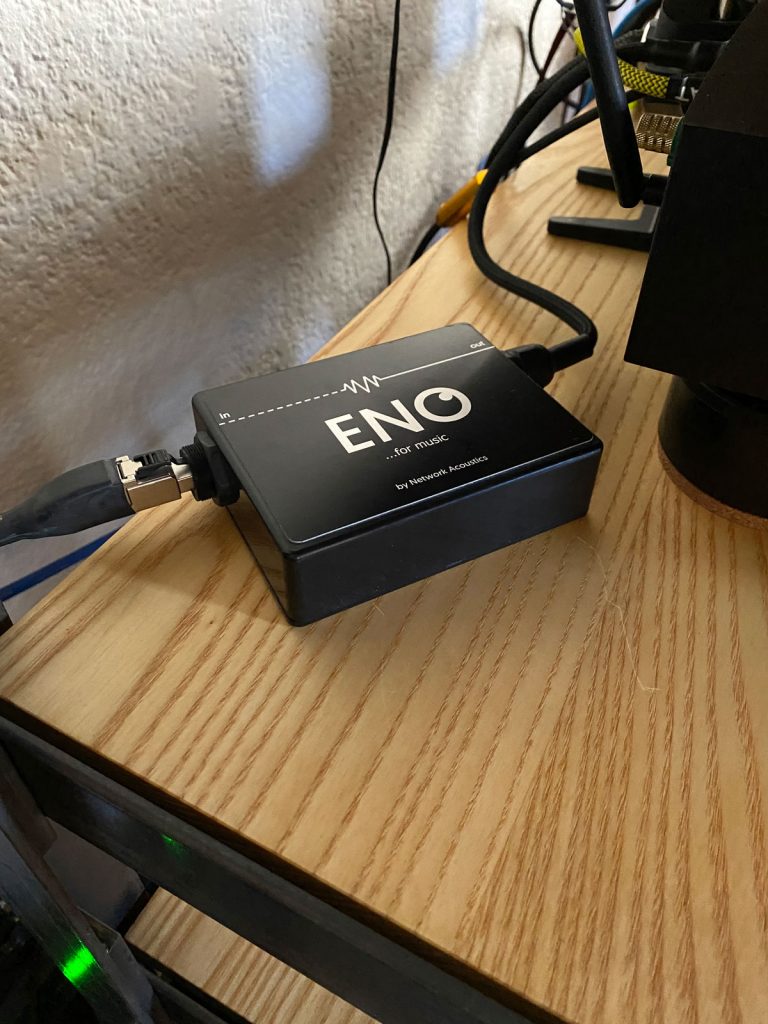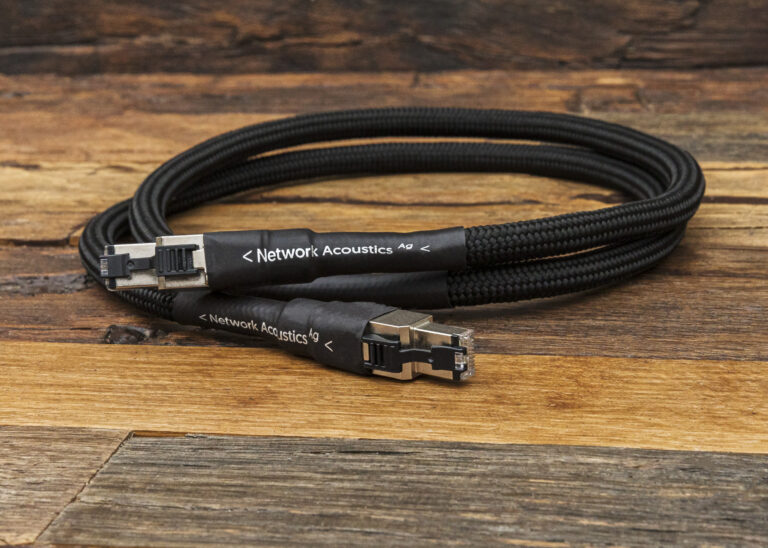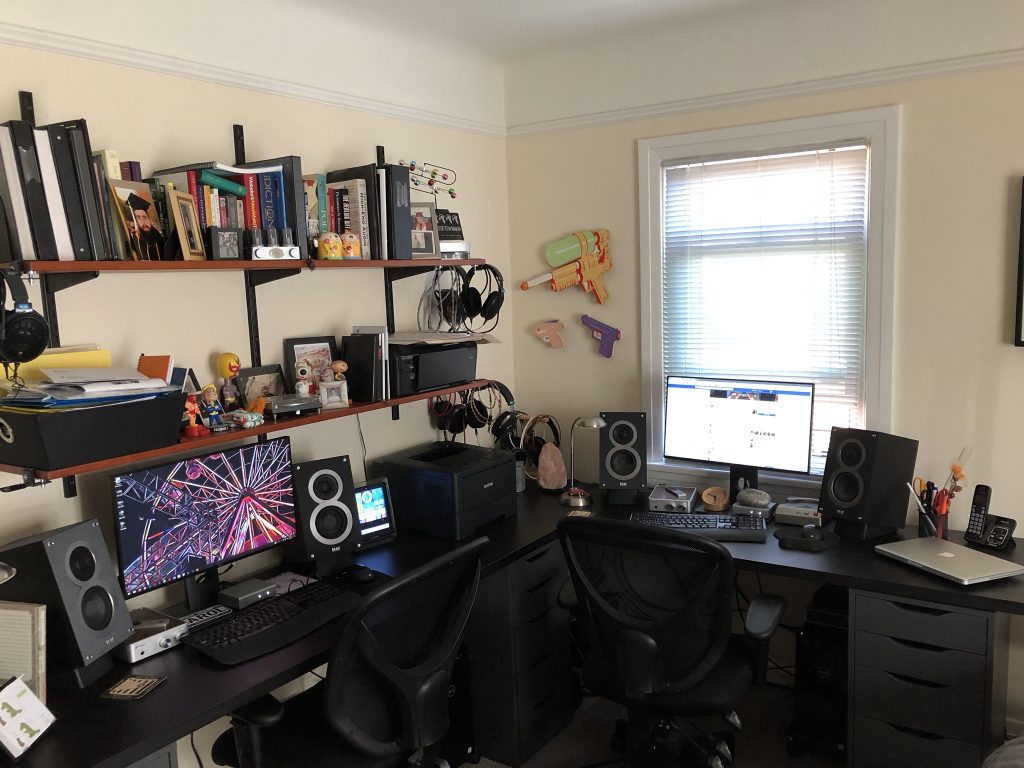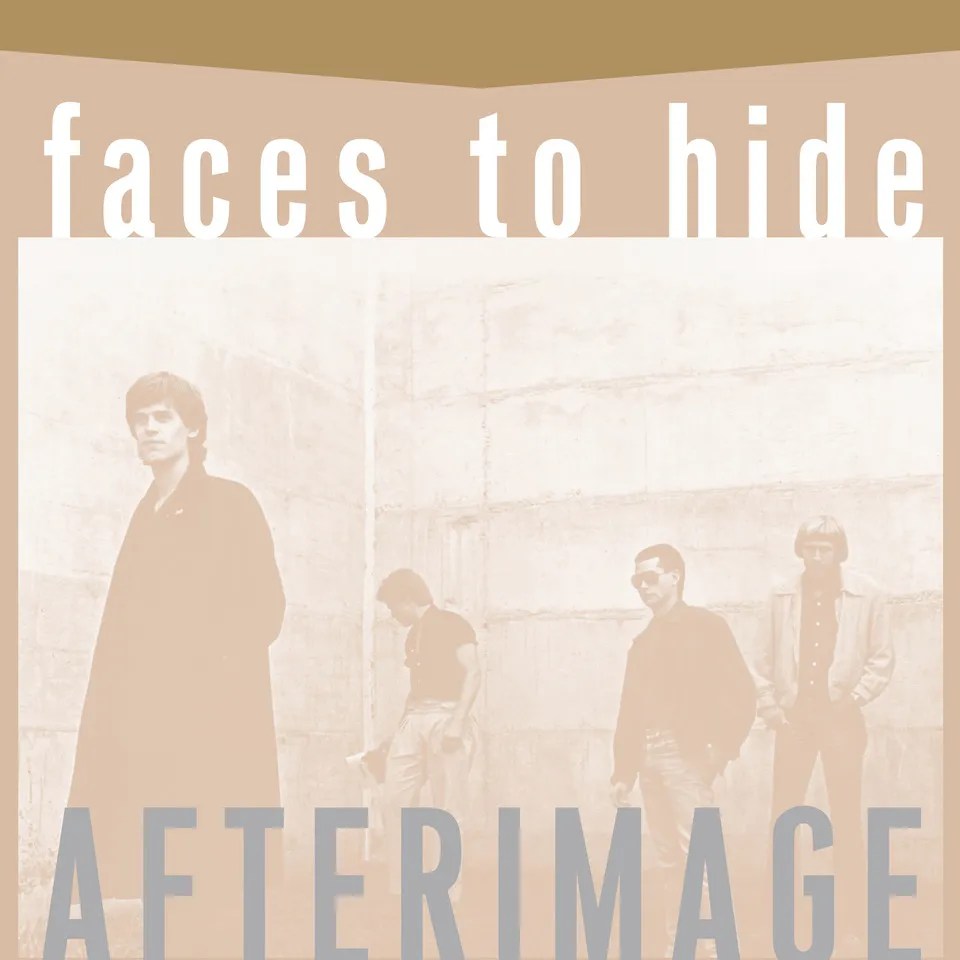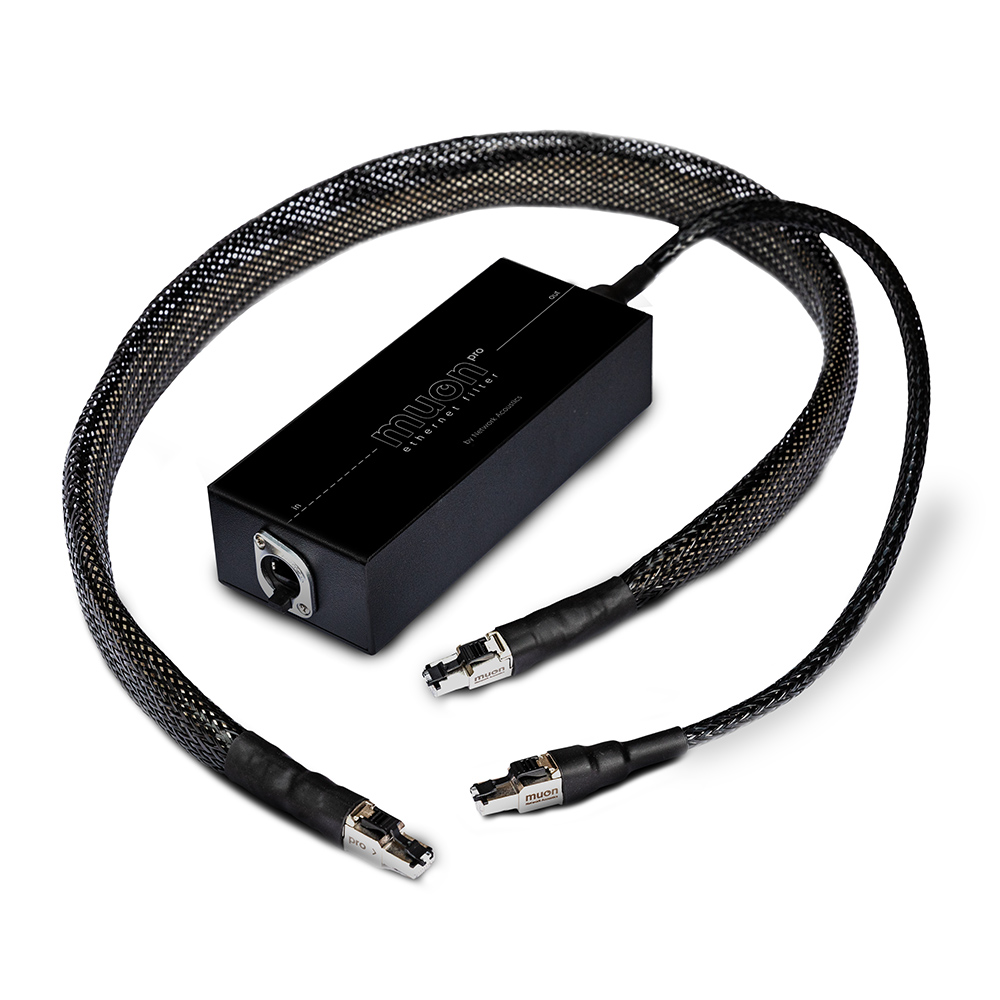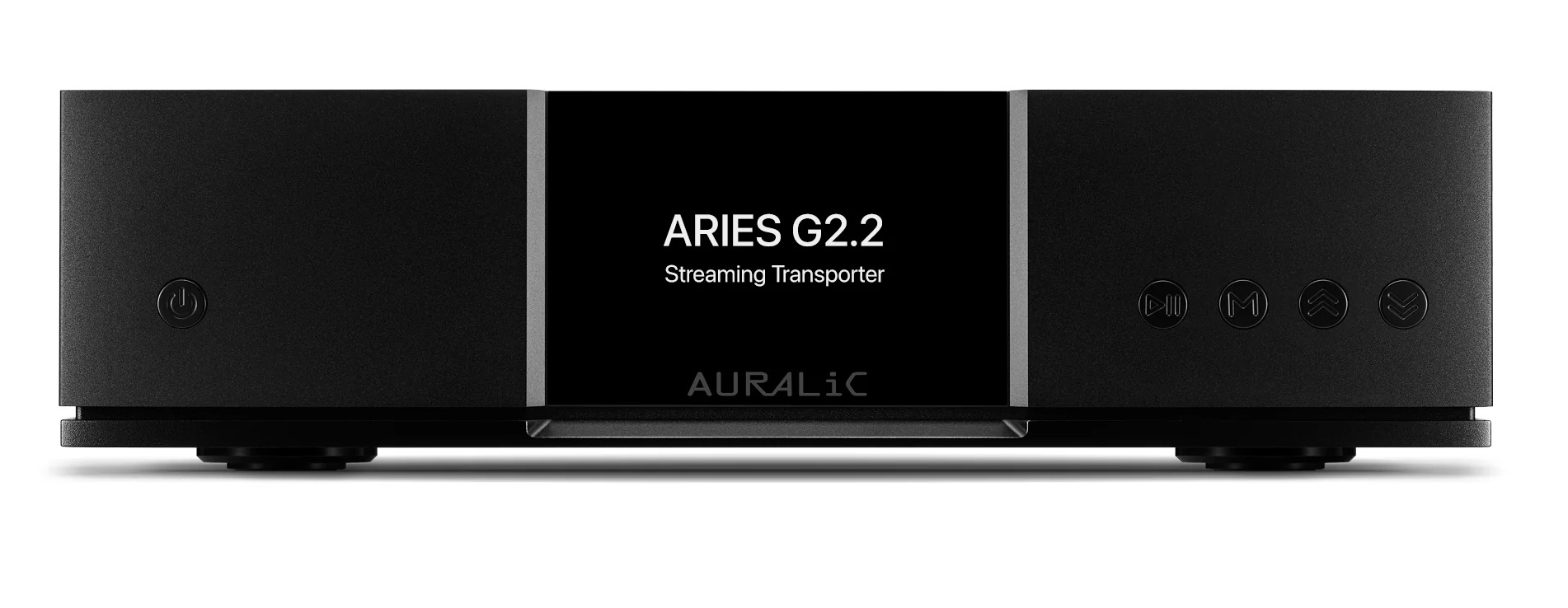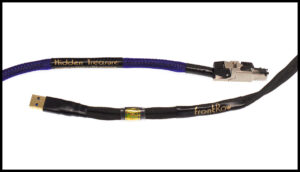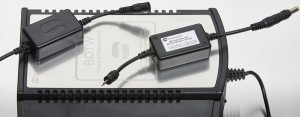Okay so I have always been about removing or filtering out "noise" or whatever crap is in the signal or wherever… stuff that can cloud or obscure the music. Been after this ever since I realized it was there. Crap that gets in the way of the music.
AC conditioners, AC regenerators, signal filters, grounding devices, network components, things to put on or under components… all to get better AC, a cleaner signal (analog and digital), less vibrational interferences… whatever mucks up the music, I am all about mitigating stuff as much as possible.
Of course, this just opens up a can of worms for me… make that for us since Carol is as much a part of the audio endeavor as I am. (Read about her journey HERE). Sometimes a big whopping can or worms or better yet, a target on our backs for those naysayers to claim that we are fooling ourselves, that it is not possible to hear what we hear, that that is not how things work, that it is a scam and we are all a part of it… and so on and so on and so on. Usually by those who are "experts" in the area related to whatever it is we are reviewing and always someone who has zero experience with the item under review. Never tried it!
We hear this from comments on network switches, USB cables, Ethernet cables, AC power cords, various isolation devices… and the list never ends. You only hear whatever because you want to hear a difference is the typical claim. Well, okay. After years and years of listening to audio items we expect to hear a difference only because… well, because we hear differences. Now yeah, these differences might just be different; neither better nor worse, but just different. And yes, there are times the differences are for the better and sometimes for the worse. And yes, in these cases the differences might be subtle or readily audible. And there are times the differences don't fit into the expectations of what one should hear… or why. More or less, "I can't explain why this should make a difference, but it is there and we heard it." Expectations? Well, we all have expectations in life, whether you care to admit it or not, and yeah that can create a prejudicial experience. Not going to hide that. And so yeah, our expectation after all these years is that there is going to be a difference… just not sure what "difference" it is going to be, but there is more than likely going to be one.
Which leads me to ENO. ENO? Yeah, but not that ENO, of which I am a big fan and own pretty much everything he has released in every format. Not this is the Ethernet Network Optimizer, or simply ENO, from Network Acoustics (www.networkacoustics.com) that was created with the intent of removing electrical noise (RFI/EMI) living in the network stream. We were sent the ENO Ag, but there is a less expensive Cu version.
From Rob Osbourn at Network Acoustics:
The Ag uses Silver plated OCC copper conductors. The ENO filter uses sophisticated filtering techniques to absorb the 'noise' energy that is mixed in with the Ethernet Data signal. The noise energy is absorbed internally as heat. This is technically difficult to achieve as the frequency spectrum of the noise is very close to the Ethernet signal itself. The ENO Filter uses hand-wound precision tuned chokes to achieve this. A plastic case is used to enable the filter to work more efficiently, a metal case would interfere with the magnetic fields generated within the chokes.
This smallish (4" x 4" x 2") plastic box goes between whatever digital streamer / renderer component and the network switch acting as an EMI/RFI filter. One uses one's choice of Ethernet cable from the switch to the ENO's "IN" and the attached Ethernet cable on its "OUT" going in to your component. Easy peasy, though Rob at Network Acoustics suggests 100 hours or so of break-in before passing any judgment. Rob gave it 50 or so hours before shipping, and upon arrival we gave it another 50 or so more.
I have no idea what is physically inside the box nor how whatever is inside the box is doing what it does to do what it did, but yeah let the arrows fly because we heard a difference. And a difference we liked. A difference for the better. Not a dramatic difference, but one that was readily audible on the first track we played.
(Please note: Comments that are derogatory, inflammatory, condescending, or simply mean and not in the spirit of conversation—that is they should add to the discussion and not detract—will not be approved, or will have such comments or wording edited out for approval at our discretion. So be civil. We have no issues with a difference of opinion, but like we said, present it in a way that furthers the conversation, and not one that is argumentative and demeaning.)
A positive difference in the articulation and texture of instruments resulting in one hearing the bass or whatever with an increased sense of presence. Easier to follow and feel. Damn, did you hear that bass guitar?
And a positive difference in separating the layers within a recording… gee, I recall hearing Ian Curtis "shadowing" his vocals, but it seems to be way easier to discern with the ENO in the mix. Things just sort of stand out in the mix, just that much better than prior. Details. Resolution. Especially so at lower volumes.
With the ENO there, is less crap or noise causing the music be obscured to some degree? Okay. Maybe. I dunno. Sure. With the ENO we certainly heard more of our music. Something changed. Something was removed. Something was different. Something was good.
No there was not more bass or a change in the overall frequency. Nothing was being boosted or added to the mix. I have heard changes before with other products where the music changed in terms of warmth, extension, bass depth… all the frequency stuff by like changing cables and whatnot, but not with the ENO. No, the balance was still there as before.
The ENO is clearly subtractive, in that it is taking something out of the signal and letting you hear more of what is there. But not subtractive in taking away what you want or need to hear... or what you are used to hearing. It clearly does not alter the balance in any way we could discern. Meaning bright poorly recorded music still sounded like bright poorly recorded music, but the better the recording the better the differences became audible.
Now, yeah… not sure why. Same with the Ethernet switch from SOtM (HERE). It made a difference and yeah, even with that in the system the ENO made a difference—further improvement with our music. Perhaps not as much of one if we had an off the shelf switch, but one just the same. Figure that the SOtM switch is already addressing EMI/RFI to some degree, and the ENO is finishing things off. Obviously then, a system that has more EMI/RFI in the chain will benefit even more with the ENO resulting in greater audible improvements… than we heard here.
Now neither of us are big into sound field and sound staging… no for us it is more about the music as a whole, though I will say I felt that with the ENO things stood out more left and right, front and back, up and down than without. But yeah, we appreciate these things when present but neither are a focus for us. Truth is, we have no idea what any of our music should sound like, only what we want it to sound like, what we think it should sound like… which is usually what we are hearing at the moment. As things in the system and room improve, we hear the music differently, things change. With the ENO the changes were for the better.
We tend to just play music here, meaning that it is pretty much random or "what do you want to hear now" sort of thing—even when reviewing. When reviewing we don't have our list of tracks or whatever we use, I mean at one time we did, but now it is more about just listening to our music. So I can't really list what we used as we just start with someone and go from there. A journey I guess, though Carol has written a series of articles on music under the title In Search of a Perfect Song (HERE) that offers a taste of her music preferences. The thing is, if whatever is in the system for review does not make this time enjoyable—a better enjoyable—then we pass. We know our music. We know our system. We know when something that is new to the system is working to make our music the way we want it to sound. Like the ENO Ag.
We were also sent a length of their ENO Ag Ethernet cable. Handmade and quite nice to handle and look at, we both found this to be rather good as well. While we both preferred the Cardas Clear— perhaps more balanced overall—the ENO Ag Ethernet cable offered a slightly brighter sound. Why it should do so, you got me (is it the silver over copper, maybe, perhaps, no idea), but with it in the system our music had a bit more sparkle and less heft. Not a bad thing, clearly a different thing, but for us with our music and how the system is balanced, not where we wanted to go. Of course, with our aging ears and no doubt a response to the higher frequencies being rolled off, perhaps we are hearing what we should be hearing. What? Who is at the door? No, it is the phone! Who's not home? Still recommended as we both see cables as a means of adding a bit of flavor or seasoning to the mix. Need more of this, go with that. Want less of that, go with this.
We liked the ENO unit so much we are going to buy this one and order another for the Antipodes EX Roon unit…which goes direct Ethernet to the PS Audio Directstream DAC's Bridge II input. Now that should be interesting.
- ENO Streaming Cable Ag (1 metre): £495 / $678 (based on today's exchange rate)
- ENO Ethernet Filter Ag: £579 / $793
- ENO Streaming System Ag (inc ENO Filter & 1 metre Streaming Cable) £829 / $1135




